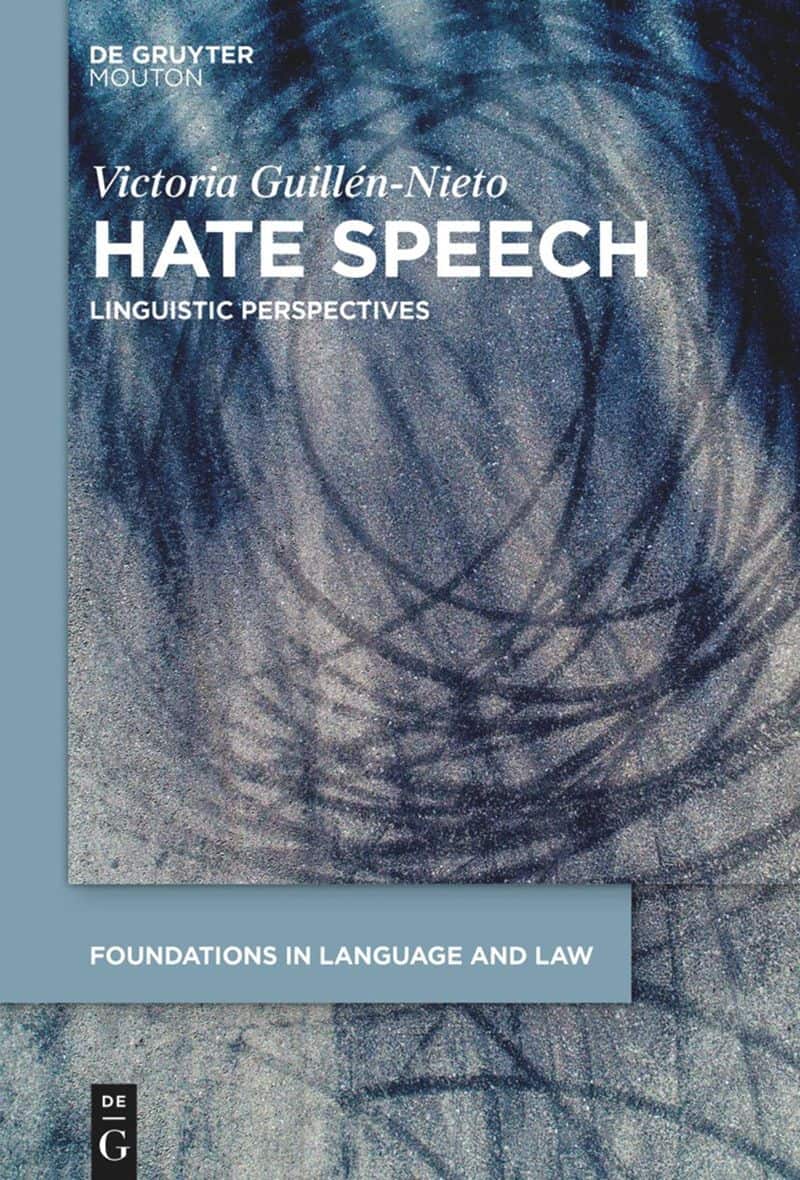Dismantling Hate Speech: Time for Linguists to Step Up
Having long been neglected in linguistics, the study of hate speech is now gaining momentum – and it is urgently needed. Only by understanding the complex and elusive nature of hate speech can we effectively uncover the intent of its users and develop strategies to put an end to it.
Over the last few years, hate speech has become a topic of hot debate because of its potentially devastating effects on social order and peace. As a social phenomenon, it fuels broad-scale conflicts that may cause a breach of peace or even foster environments conducive to hate crimes. As a legal concept, hate speech is an abstract endangerment statute because it punishes the hypothetical creation of social risk. In this respect, courts must balance the fundamental rights to freedom of opinion, expression, and dignity.
The Late Emergence of Hate Speech in Linguistics
The analysis of hate speech is well-documented in fields such as law, sociology as well as media and communication studies, but it has only recently become an object of study for linguistics. This begs the question, why only now?
“Negative types of discourse and speech acts have been customarily cast aside as objects of linguistic study.”
Linguistic theories have long addressed language as a cooperative and polite action geared to successful communication and social interaction. As a result, impolite language has been considered anomalous or deviant when it is, in effect, widespread. Due to this idealized view of language, negative types of discourse and speech acts – such as defamation, harassment and hate speech – have been customarily cast aside as objects of linguistic study. Only over the last few years could one see a marked turn, especially in the field of socio-pragmatics, towards analysing offensive communication, which is still finding its place within linguistic research.
Linguists have recently made strides in providing technical services to security forces and internet platform agents to detect and prevent online hate speech. To do so, they combine corpus-based methods with deep learning and qualitative linguistic analyses.
The Various Faces of Hate Speech
As a linguist, I align with other experts who advocate for openly examining and discussing real-world examples of hate speech, however offensive they might be, to improve understanding of how it functions and seek feasible solutions.
“Sometimes hate speech is overt and unconcealed but, increasingly, it is coded and veiled.”
As a linguistic object of study, hate speech is complex and, to a certain extent, elusive because it is not a unitary phenomenon. Hate speech does not have a unified purpose. It can take permanent forms – such as racial epithets, insults, dehumanising metaphors, group defamation and negative stereotypes – but it can also take transient forms. Hate speech exists in various formats: written words, spoken words and audio-visual materials like gestures, symbols, images, films, and video games. Also, it is not ascribed to any specific genre or rhetorical style. It ranges from thoughtful comments in a parliamentary speech to improvised sarcastic remarks in an online post.
Hate speech manifests itself in various acts intended to hurt or harm others, such as insulting, degrading, humiliating, harassing, threatening, provoking, inciting hatred, hostility or violence, as well as denying, justifying or glorifying acts of genocide. Sometimes hate speech is overt and unconcealed but, increasingly, it is coded and veiled. Hate speech can be delivered by identified speakers or anonymously, especially through online platforms.
Since hate speech is not a uniform phenomenon but multi-layered and indeed multi-modal, it cannot be wholly explained from a single linguistic perspective. On the contrary, hate speech demands successive analyses, each focusing on a specific linguistic element. In this respect, hate speech resembles the elephant in the well-known poem The blind men and the elephant: A group of six blind men encounters an elephant for the first time. Each one of them touches a different part of the elephant’s body: the side, the tusk, the trunk, the knee, the ear and the swinging tail – resulting in six different descriptions of the animal. Depending on the part felt, the elephant is compared to a wall, a spear, a snake, a tree, a fan or a rope. The blind men’s descriptions of the elephant differ as they are based on their own individual experiences. All of them are partly right, but in the end they’re all wrong.
“Since hate speech is not a uniform phenomenon, it cannot be wholly explained from a single linguistic perspective.”
This fable teaches us that if we only focus on one perspective when examining hate speech we may miss important linguistic elements that are essential to establish the facts in legal cases. Through successive analyses, linguists are able to reveal surface manifestations of hate speech, including the style, the genre, the speech acts, as well as the strategies and perceptual cues used by hate-advocating speakers to convey their malicious communicative intentions while avoiding prosecution.
In conclusion, Linguistics provides Forensic Linguistics with the necessary frameworks, methods, and tools to examine hate speech. On the other hand, Forensic Linguistics plays an essential role in refining linguistic pragmatic theories and methods, through the complex data generated by language crimes, in this case, hate speech.
Learn more in this related Open Access title from De Gruyter
[Title image by Mika Baumeister via Unsplash]
